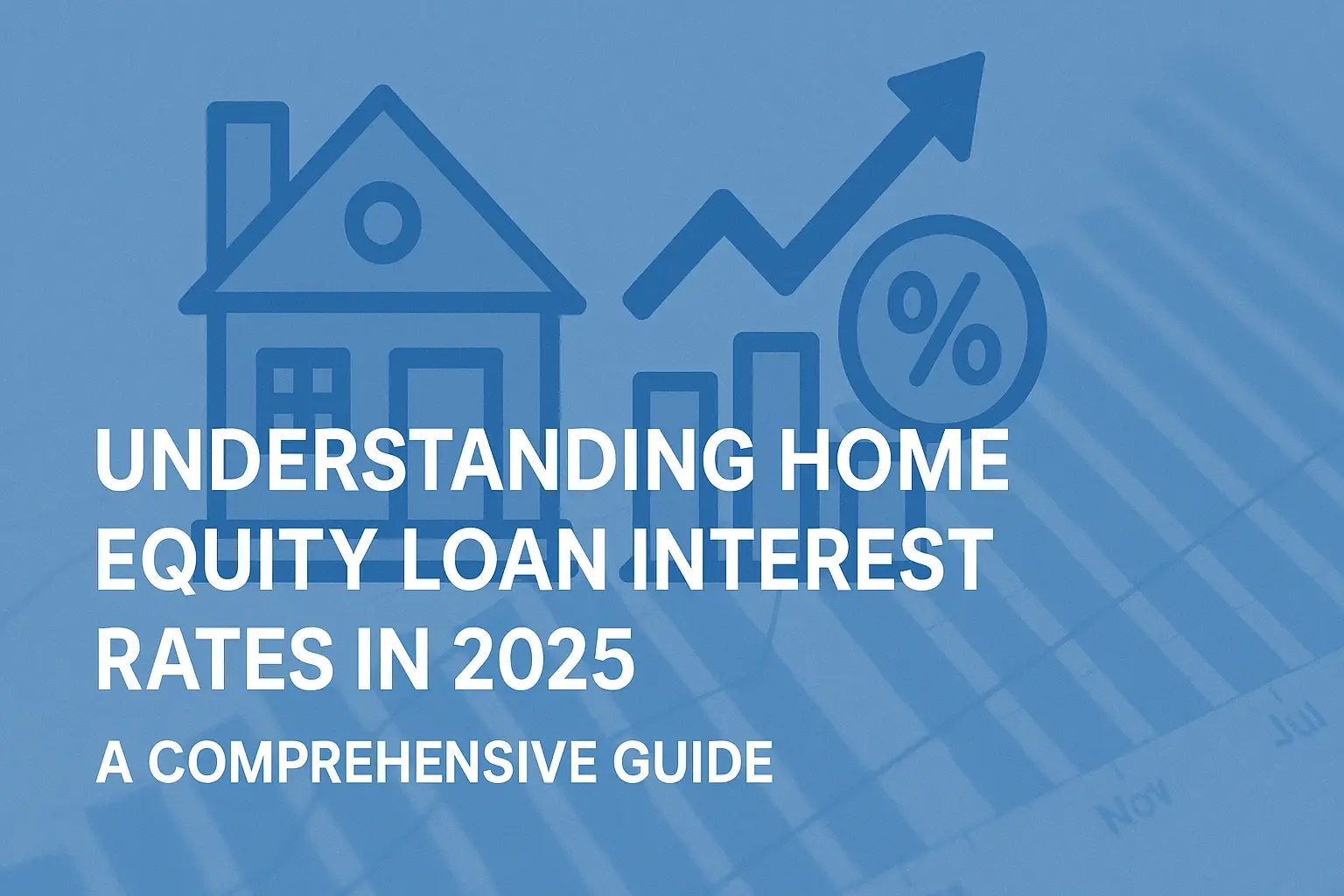-
Posted on: 30 Jul 2024
-
Taking out a loan is a significant financial decision. Understanding the total cost of borrowing, including interest, is crucial for responsible budgeting. This article provides a detailed breakdown of what you can expect to pay when taking out a $20,000 loan for a 5-year term (60 months), considering various interest rates and loan scenarios. We'll also explore factors that influence interest rates and offer tips for securing the best possible loan terms.
Understanding the Basics of Loan Calculations
Before diving into specific numbers, let's review the key components of a loan calculation:
- Principal: The initial amount borrowed ($20,000 in this case).
- Interest Rate: The percentage charged by the lender for borrowing the money, usually expressed as an Annual Percentage Rate (APR).
- Loan Term: The length of time you have to repay the loan (5 years or 60 months).
- Monthly Payment: The fixed amount you pay each month to cover both principal and interest.
- Total Interest Paid: The total amount of interest you will pay over the life of the loan.
- Total Amount Paid: The sum of the principal and total interest paid.
The Loan Amortization Formula
The most common way to calculate monthly loan payments is using the loan amortization formula:
M = P [ i(1 + i)^n ] / [ (1 + i)^n – 1]
Where:
- M = Monthly Payment
- P = Principal Loan Amount ($20,000)
- i = Monthly Interest Rate (Annual Interest Rate / 12)
- n = Number of Months (Loan Term in Years * 12 = 5 * 12 = 60)
While the formula might seem complex, many online loan calculators can easily perform these calculations for you. We'll use hypothetical interest rates to demonstrate potential scenarios.
Calculating Monthly Payments and Total Costs at Different Interest Rates
The interest rate you receive on a $20,000 loan significantly impacts your monthly payment and the total amount you'll pay over the 5-year term. Let's explore different interest rate scenarios and their effects:
Scenario 1: 5% Interest Rate
Let's calculate the monthly payment and total cost with a 5% annual interest rate.
- Principal: $20,000
- Interest Rate: 5% per year (0.05 annually / 12 months = 0.004167 monthly)
- Loan Term: 60 months
Using the formula or an online loan calculator, the monthly payment would be approximately $377.42.
Total Amount Paid: $377.42 * 60 = $22,645.20
Total Interest Paid: $22,645.20 - $20,000 = $2,645.20
Therefore, with a 5% interest rate, you'd pay a total of $2,645.20 in interest over the 5 years.
Scenario 2: 8% Interest Rate
Now, let's see the impact of a higher interest rate, such as 8%.
- Principal: $20,000
- Interest Rate: 8% per year (0.08 annually / 12 months = 0.006667 monthly)
- Loan Term: 60 months
Using the loan calculator, the monthly payment would be approximately $405.53.
Total Amount Paid: $405.53 * 60 = $24,331.80
Total Interest Paid: $24,331.80 - $20,000 = $4,331.80
At an 8% interest rate, you'd pay $4,331.80 in interest over the 5-year period.
Scenario 3: 12% Interest Rate
Finally, let's look at a scenario with a higher interest rate of 12%.
- Principal: $20,000
- Interest Rate: 12% per year (0.12 annually / 12 months = 0.01 monthly)
- Loan Term: 60 months
Using a loan calculator, the monthly payment would be approximately $444.89.
Total Amount Paid: $444.89 * 60 = $26,693.40
Total Interest Paid: $26,693.40 - $20,000 = $6,693.40
With a 12% interest rate, you would pay $6,693.40 in interest over the 5 years.
Table Summary of Loan Scenarios
Interest Rate Monthly Payment Total Interest Paid Total Amount Paid 5% $377.42 $2,645.20 $22,645.20 8% $405.53 $4,331.80 $24,331.80 12% $444.89 $6,693.40 $26,693.40 This table clearly demonstrates how significantly the interest rate impacts the overall cost of the loan. A higher interest rate means higher monthly payments and substantially more interest paid over the loan's lifespan.
Factors Affecting Interest Rates
Several factors influence the interest rate you'll receive on a $20,000 loan. Understanding these factors can help you improve your chances of securing a lower rate:
- Credit Score: Your credit score is a primary factor. A higher credit score generally translates to lower interest rates. Lenders view borrowers with good credit as less risky.
- Credit History: A long and positive credit history demonstrates responsible borrowing behavior and can improve your chances of getting a better rate.
- Debt-to-Income Ratio (DTI): Lenders assess your DTI to determine your ability to repay the loan. A lower DTI, meaning you have less debt compared to your income, is favorable.
- Loan Type: Different loan types (e.g., personal loans, secured loans, lines of credit) come with varying interest rates. Secured loans, backed by collateral, typically have lower rates.
- Economic Conditions: Overall economic conditions, including prevailing interest rates set by the Federal Reserve, can impact loan interest rates.
- Lender: Different lenders offer different rates. Comparing offers from multiple lenders is crucial.
Types of Loans You Can Use
Several types of loans could be used to borrow $20,000. Each has its pros and cons:
- Personal Loans: These are unsecured loans, meaning they don't require collateral. Interest rates can vary widely depending on your creditworthiness.
- Secured Loans: Secured loans, like auto loans or loans secured by a home equity line of credit (HELOC), typically offer lower interest rates because they are backed by an asset. However, you risk losing the asset if you default on the loan.
- Credit Union Loans: Credit unions often offer lower interest rates and more favorable terms than traditional banks. Membership may be required.
- Online Lenders: Online lenders can provide quick and convenient access to loans. Compare rates and terms carefully before applying.
Tips for Securing the Best Loan Terms
Here are some tips to help you secure the most favorable terms for your $20,000 loan:
- Check Your Credit Report: Before applying for a loan, review your credit report for any errors or inaccuracies. Dispute any errors to improve your credit score. You can obtain free credit reports from the three major credit bureaus (Equifax, Experian, and TransUnion) annually.
- Improve Your Credit Score: If your credit score is not ideal, take steps to improve it. This might include paying down debt, making on-time payments, and avoiding new credit applications.
- Shop Around for the Best Rates: Don't settle for the first loan offer you receive. Compare rates and terms from multiple lenders. Many online tools allow you to pre-qualify for loans without affecting your credit score.
- Consider a Secured Loan: If you have assets you can use as collateral, a secured loan may offer a lower interest rate. However, carefully consider the risks involved.
- Negotiate: Don't be afraid to negotiate the interest rate or loan terms with the lender. If you have a strong credit history, you may have more leverage.
- Read the Fine Print: Before signing any loan agreement, carefully review all the terms and conditions. Pay attention to any fees, penalties, or prepayment options.
- Consider a Shorter Loan Term: While a longer loan term may result in lower monthly payments, you'll pay significantly more in interest over the life of the loan. If you can afford it, a shorter loan term can save you money in the long run.
Alternatives to Taking Out a $20,000 Loan
Before committing to a loan, consider alternative ways to finance your needs:
- Savings: If you have savings, consider using them instead of taking out a loan. This eliminates the need to pay interest.
- Payment Plans: If you're financing a specific purchase, such as medical bills or home improvements, see if the provider offers payment plans or financing options.
- Budgeting and Cutting Expenses: Identify areas where you can cut expenses and save money. Even small savings can add up over time.
- Increasing Income: Explore opportunities to increase your income, such as taking on a side hustle or asking for a raise at work.








